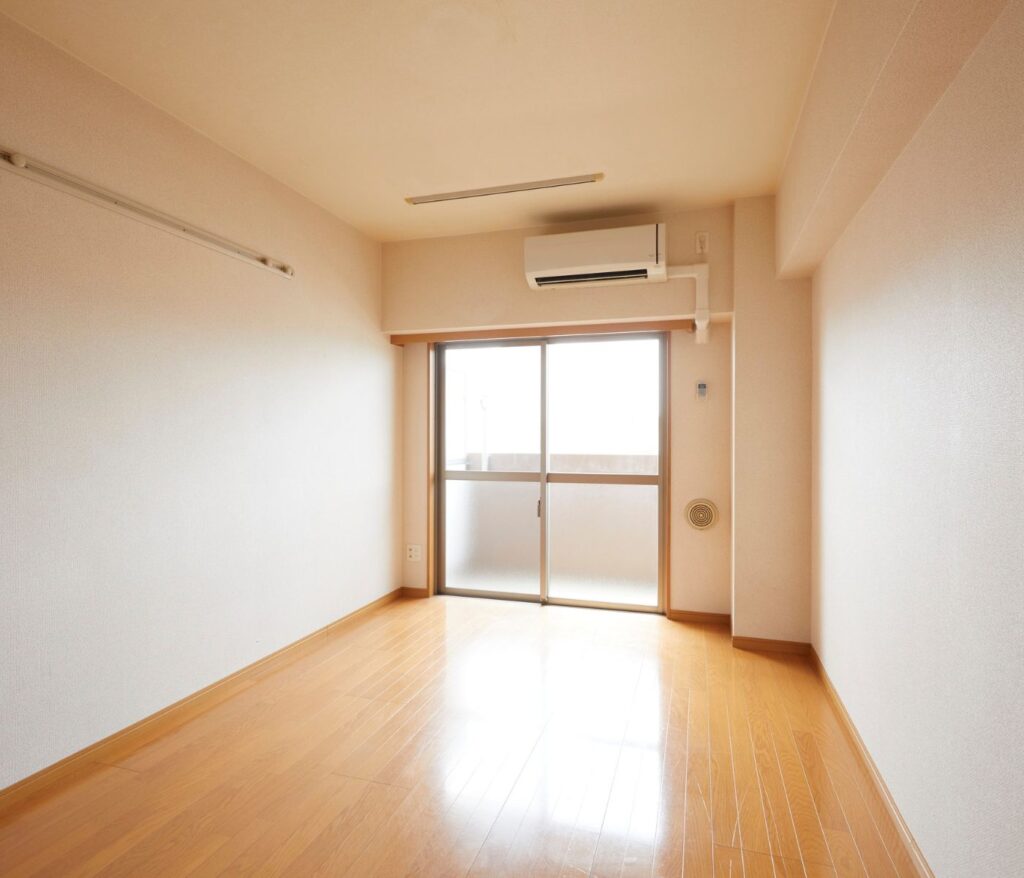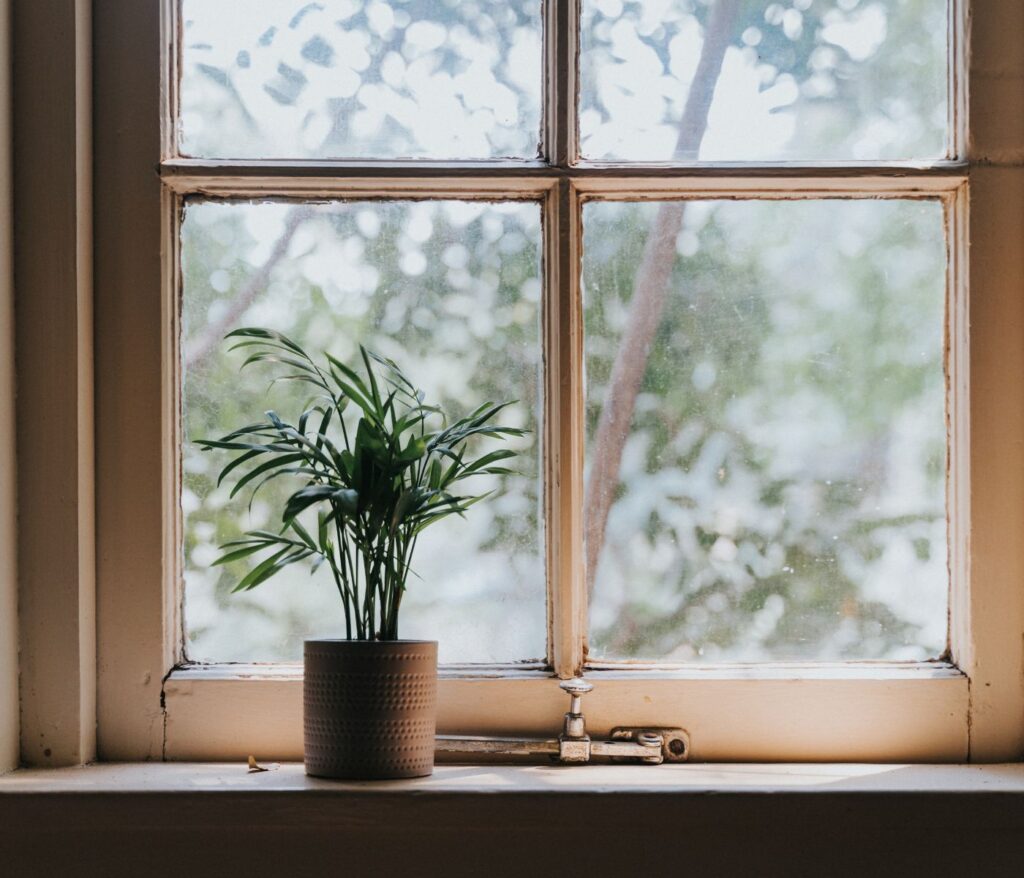Natural light plays a crucial role in enhancing the aesthetics and functionality of a home. The right natural light windows can brighten up your interiors, make spaces look bigger, and even help reduce energy costs. Whether you are building a new home or upgrading your existing windows, selecting the right home window design is essential for sunlight maximization.
In this blog, we’ll explore how to choose energy-efficient windows to bring in more sunlight, how strategic window placement enhances natural lighting, and how the right window treatments can make a difference.
1. The Importance of Natural Light in Homes
Before diving into the technicalities of natural light windows, it’s important to understand why maximizing sunlight in your home is beneficial:
- Improved Mood & Productivity—Exposure to natural light has been linked to better mental health and increased productivity.
- Energy Efficiency—With well-placed energy-efficient windows, you can reduce dependence on artificial lighting and lower your electricity bills.
- Aesthetic Appeal—Home window design plays a big role in the overall aesthetics of a home. Large, well-placed windows enhance your home’s ambiance.
- Health Benefits—Natural sunlight promotes vitamin D production, improving overall well-being.
By optimizing sunlight maximization, homeowners can enjoy these benefits while improving the functionality of their living space.
2. Choosing the Right Windows for Maximum Sunlight
Selecting the best natural light windows requires careful planning. The size, type, and placement of your windows all contribute to how much sunlight enters your home. Here are some key factors to consider:
a) Large Windows for Maximum Exposure
One of the most effective ways to boost sunlight maximization is by installing large energy-efficient windows. Floor-to-ceiling windows, bay windows, and expansive picture windows allow ample sunlight to flood into your home.
b) Optimal Window Orientation
The direction your windows face significantly impacts the amount of sunlight that enters your home:
- South-facing windows: Ideal for capturing sunlight throughout the day.
- East-facing windows: Provide morning sunlight, which is softer and less intense.
- West-facing windows: Offer warm afternoon light but may lead to overheating.
- North-facing windows: Best for diffused, even lighting without harsh glare.
Proper home window design ensures a balance between light exposure and temperature regulation.
c) Multi-Window Combinations
Pairing different window styles together can create a more dynamic approach to natural light windows. Consider incorporating:
- Skylights for added brightness in darker rooms.
- Transom windows above doors to bring in extra sunlight.
- Clerestory windows for an elegant and functional touch.
3. Enhancing Sunlight with Energy-Efficient Windows

While maximizing natural light, it’s essential to consider energy-efficient windows to maintain indoor comfort and reduce energy consumption. Some features to look for include:
- Low-E Glass Coatings—These coatings help control heat transfer, preventing excessive heat gain in summer and heat loss in winter.
- Double or Triple-Pane Glass—Additional panes improve insulation and block out UV rays while still allowing sunlight to enter.
- Gas-Filled Windows—Argon or krypton gas-filled windows enhance insulation while maintaining sunlight maximization.
- High-Quality Frames—Vinyl, fiberglass, and composite frames provide better insulation compared to traditional wood or aluminum.
Investing in energy-efficient windows ensures your home stays bright while also cutting down on heating and cooling costs.
4. Strategic Window Placement for Maximum Light
Beyond selecting the right home window design, strategic placement is essential for sunlight maximization. Some effective placement strategies include:
a) Open Floor Plans and Reflective Surfaces
An open layout with minimal obstructions allows light to travel freely. Light-colored walls, mirrors, and glossy flooring reflect sunlight, enhancing the brightness of your interiors.
b) Interior Glass Doors and Windows
Installing interior glass doors or partitions can extend natural light into darker rooms. Frosted glass offers privacy while still allowing light to pass through.
c) Sliding Glass Doors and French Windows
Large natural light windows, such as sliding glass doors or French windows, create a seamless indoor-outdoor connection and let in abundant sunlight.
5. The Role of Window Treatments in Natural Lighting
Window treatments can either enhance or block sunlight, depending on their design. Here’s how to choose the best coverings for natural light windows:
- Sheer Curtains—Allow soft, diffused light to enter while maintaining privacy.
- Blinds and Shutters—Adjustable to control light levels throughout the day.
- Motorized Smart Shades—Automated shades can be programmed to let in sunlight at optimal times.
Using the right treatments ensures you get the most out of your home window design without compromising comfort.
6. Window Upgrades to Improve Natural Light
If your home lacks adequate natural light windows, consider these upgrades:
- Expanding Existing Windows—Widening window openings allows for better sunlight maximization.
- Installing Glass Doors—Replacing solid doors with glass alternatives increases brightness.
- Adding Skylights or Sun Tunnels—Ideal for rooms with limited exterior wall space.
Investing in these upgrades enhances your home’s energy efficiency and overall ambiance.
Conclusion
Maximizing natural light in your home is achievable with the right natural light windows, strategic home window design, and energy-efficient solutions. Homeowners can create bright, airy, beautiful, and functional spaces by selecting energy-efficient windows, optimizing window placement, and incorporating light-enhancing features.
Looking to upgrade your windows? Visit Suds Windows Inc. to explore premium natural light windows and expert installation services.

